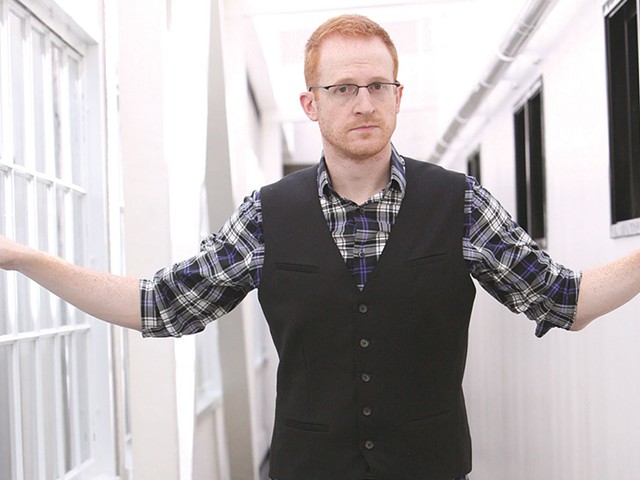“Half-hearted city planning is in some ways worse than no city planning at all for it gives the impression that … some careful eye is overseeing all the city’s developments.” —Lewis Mumford, 1945
Almost two decades ago Cornerstone 2020 was introduced and adopted. This forward-thinking document described a community-crafted strategy to encourage development appropriate to specific neighborhood types in Louisville. The strategy was thoughtful, comprehensive and popular. Today — despite Cornerstone’s potential for meaningful positive impact on how Louisville evolves — too many developers and builders have learned that they can do end-runs around the regulations if they influence the right people. The result: A big box store downtown surrounded by parking, or a three-quarter-block hotel, gains approval despite the regulations.
Another set of hard-won protections — those for preserving historic structures — has been similarly undermined. The Landmarks Commission, admired nationally for decades for the clarity and resolve of its regulations and processes, has been weakened significantly over this decade. Now, it is commonly assumed by developers that a building can be razed unless the preservation community mobilizes to intervene, leading to such situations as the fights over Whiskey Row and the Water Company Building in recent years. As a consequence, we lose more of our built heritage every year.
In April, we finally got to see Louisville’s draft, Move Louisville 2035 Transportation Plan. It’s well-intended, but why should we expect it to fare better than its predecessors?
What we wanted from Move, of course, was something bold and surprising. Something worthy of having sprung from its genesis in an initiative called Vision Louisville. It turns out that — for transportation, at least — the big ideas were neither new nor perceived to be feasible for the short-term.
Move is not an inspiring vision — or even a strongly progressive one. So what? It’s politic and pragmatic.
Reality check: Maybe it’s exactly where we need to start.
Move’s two primary stated priorities — to fix and maintain infrastructure, and to reduce the number of vehicle miles traveled — are unassailable. Likewise, a stated focus on developing east/west corridors for transit is admirable: Cross-town travel has always been a challenge. Encouraging infill around transit-based nodes, completing a more comprehensive bicycling network and transitioning one-way streets to two-way are all positives. Eschewing capacity-building projects or greenfield infrastructure development would be a huge shift in attitude. All in all, most of the 16 priority projects are good as examples of what could happen.
The meat of the plan, though, is in the policy proposals farther back in the document. These seeds of policy need to be the foundation for the rules applying to future projects across Louisville Metro, and how all projects should be handled in order to keep a positive trajectory in transportation and related land use.
Move’s policy statements and supporting initiatives have good bones. It’s unfortunate that some projects are inconsistent with stated big-picture goals. For example, an Urton Lane extension and increased crossings of Oxmoor Farms projects would likely encourage further retail strip development and residential sprawl.
Because Move has not taken bold steps that could galvanize support and because it lacks consistency in its recommendations, it will be hard to get the whole community to rally around it.
And yet, buy-in from the community and commitment to a plan is what its success will require! Without this document, Metro has been pursuing a scatter-shot array of initiatives without any consistent approach or apparent trajectory, making the road diets, bike lanes, streetscape improvements and Zero Bus projects feel token rather than part of a comprehensive and meaningful vision. It is critical that citizens help ratify some actionable plan for our shared transportation future. We can acknowledge Move’s timidity and propose that it be made more aggressive, or we can accept its limited goals, but consensus is critical.
What could end up making the Move plan transformative in a real way is if it informs policy that is then treated as gospel by Metro Planning and Design and the variety of review committees responsible for enforcement. No variation or waiver, unless those proposed variances further the goals of the plan. If a proposal runs counter to the goals of Move, it’s denied.
Cornerstone 2020 and Landmarks are based in good concepts, and both resulted in workable policy. Both, however, were compromised because we, as a community, could not maintain the resolve to keep them vital and effective. If Move’s concepts could be honored for the long term, the results could change Louisville Metro. It’s a big if. We’d have to be committed. If we don’t, Move Louisville will be another set of good intentions that gets diluted out of existence. •
The public input period for Move Louisville is open now. Let Metro government know your thoughts. Before mid-June! To read the full report, go to: louisvilleky.gov/government/advanced-planning/move-louisville






